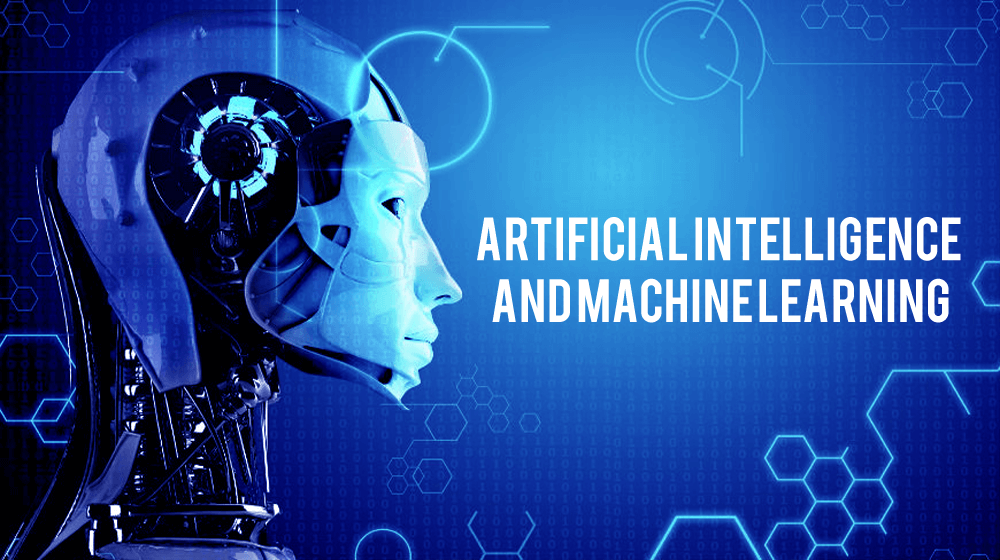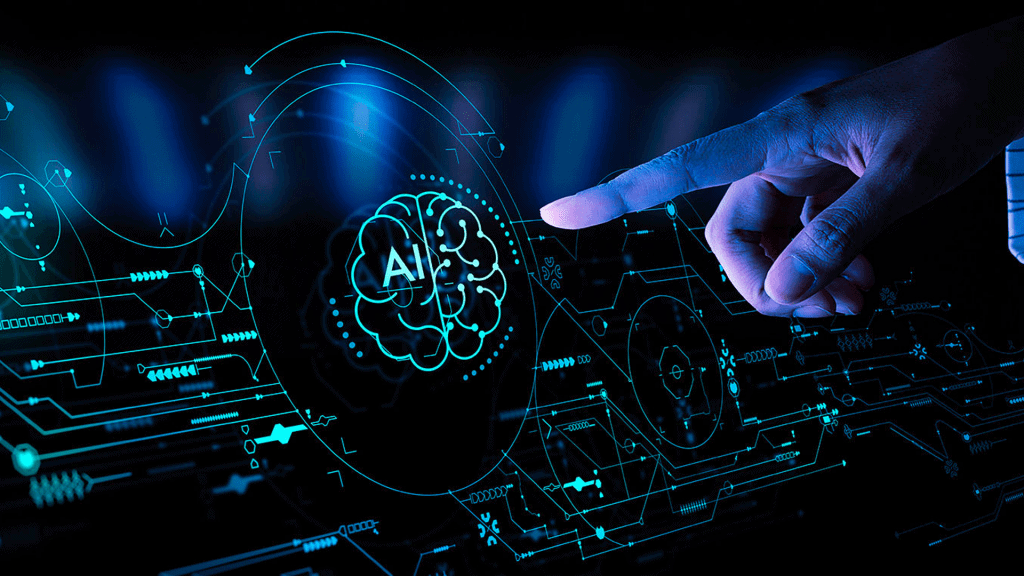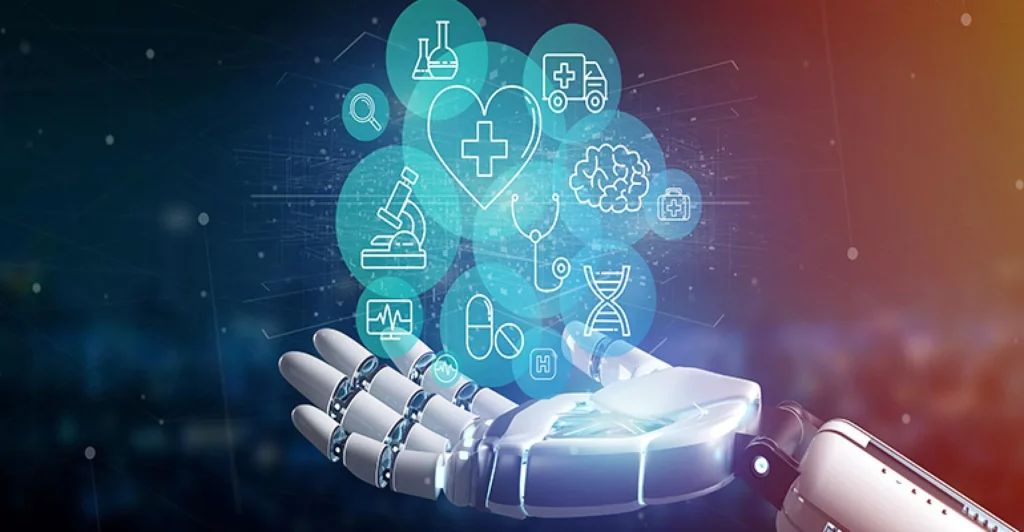The Power Duo: Artificial Intelligence and Machine Learning in Cybersecurity
August 11, 2023

Artificial Intelligence (AI) and Machine Learning (ML) have revolutionized numerous industries, and cybersecurity is no exception. With the rapidly evolving threat landscape and sophisticated cyber attacks, organizations are turning to AI and ML to augment their defensive capabilities. In this blog post, we will explore the role of AI and ML in cybersecurity, their benefits, and the challenges they present in creating a secure digital ecosystem.
Understanding AI and ML in Cybersecurity:
AI refers to the ability of machines to perform tasks that typically require human intelligence. ML, a subset of AI, involves training algorithms to learn from data and improve performance over time. When applied to cybersecurity, AI and ML technologies enable automated analysis, anomaly detection, pattern recognition, and predictive capabilities to detect and respond to cyber threats effectively.
Benefits of AI and ML in Cybersecurity:
Enhanced Threat Detection: AI and ML algorithms excel at analyzing vast amounts of data and identifying patterns that humans may miss. They can quickly detect anomalies, malicious behaviors, and previously unseen attack patterns, enabling proactive threat detection and response.
Real-time Monitoring and Incident Response: AI-powered systems can continuously monitor network traffic, system logs, and user behavior, rapidly detecting and responding to security incidents. Automated incident response can significantly reduce response times, minimizing the impact of cyber-attacks.
Adaptive Defense Mechanisms: ML algorithms can learn from previous attacks and adjust security measures accordingly. By continuously updating and fine-tuning defense mechanisms, organizations can adapt to emerging threats and stay one step ahead of attackers.
User and Entity Behavior Analytics (UEBA): AI and ML algorithms can analyze user behavior and identify deviations from normal patterns. This helps detect insider threats, compromised accounts, and unauthorized access, strengthening overall security posture.
Streamlined Security Operations: AI and ML technologies can automate routine security tasks, such as log analysis, vulnerability assessment, and malware detection. This allows security professionals to focus on more complex and strategic aspects of cybersecurity, improving overall operational efficiency.

Challenges and Considerations:
Adversarial Attacks: Cybercriminals are leveraging AI and ML techniques to evade detection and launch sophisticated attacks. Adversarial attacks involve manipulating ML algorithms by feeding them misleading data, causing misclassification or bypassing security measures. Ongoing research and the development of robust defenses against such attacks are necessary.
Data Quality and Privacy: AI and ML models heavily rely on quality data for accurate analysis. Ensuring data integrity, completeness, and privacy are crucial considerations. Organizations must carefully handle and protect sensitive data while complying with relevant regulations and privacy laws.
Explainability and Trust: AI and ML models often operate as “black boxes,” making it challenging to understand their decision-making processes. In cybersecurity, explainability is vital to gain trust and effectively evaluate the reliability of AI-based security solutions. Efforts to develop transparent and interpretable AI/ML models are necessary for the wider adoption of these technologies.
Skilled Workforce: Organizations need cybersecurity professionals with expertise in AI and ML to implement, monitor, and manage these technologies effectively. Investing in training programs and attracting talent skilled in both cybersecurity and AI/ML is crucial.
The integration of AI and ML in cybersecurity represents a significant leap forward in defending against evolving cyber threats. These technologies offer improved threat detection, real-time monitoring, adaptive defense mechanisms, and streamlined security operations. However, organizations must address challenges such as adversarial attacks, data quality, privacy concerns, explainability, and the need for a skilled workforce. By leveraging the power of AI and ML while maintaining a holistic approach to cybersecurity, organizations can fortify their defenses and proactively mitigate risks in our increasingly digital world.
Have Any Question?
Call or email Cocha. We can help with your cybersecurity needs!
- (281) 607-0616
- info@cochatechnology.com




